Basil is a popular and versatile herb, widely used in the kitchen to enrich dishes of various kinds. Its distinctive fragrance and unique flavor make it an indispensable ingredient in numerous recipes, such as pesto, salads, sauces and soups. However, to get the most out of its freshness and flavour, it is essential to know the correct time and way to harvest the basil. In this article, we’ll explore best practices for harvesting basil, the ideal times to do it, and some helpful tips for keeping it at its best.
Learning how to harvest basil in the right way will allow you to taste its goodness in the kitchen and always have fresh herbs available to enrich your dishes.
When to harvest basil?
A basil plant is generally ready for its first harvest when it has reached a certain size and has a sufficient number of mature leaves. Usually, this occurs about 6-8 weeks after transplanting or when the plant reaches about 15-20 centimeters tall.
It is important to note that the basil plant needs time to establish itself and develop enough leaves before it can be harvested without compromising its health. If the basil was grown starting from the seed, it may take a little longer to reach the harvesting stage compared to plants purchased already in pots and transplanted into the garden or in pots.
To check if your basil is ready to harvest, look closely at the plant. Look for the first mature leaves (those at the bottom of the stems), dark green and firm. Make sure the leaves are large enough to harvest without damaging the plant. Avoid harvesting more than 1/3 of the leaves at one time to ensure continued healthy plant growth.
In general, basil is best harvested in the morning, after the dew has dried, but before the sun gets too hot. At this time of day, the leaves are richest in essential oils, which give basil its characteristic aroma and flavour. Avoid harvesting basil immediately after a rain or when the leaves are wet.
Remember that harvesting basil leaves regularly will encourage the plant to branch out and produce new leaves, ensuring a constant supply of fresh basil for your recipes.
How is basil harvested?
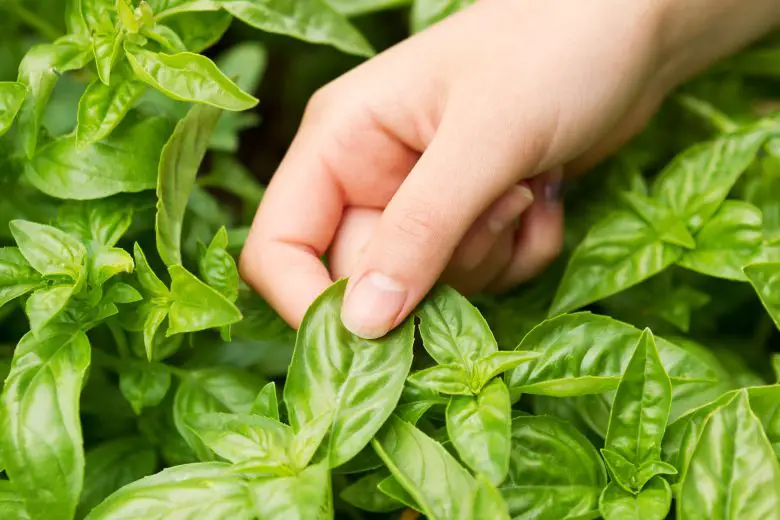
Harvesting basil can be done easily using just your hands or a clean pair of kitchen shears.
Make sure your kitchen shears or your hands are clean and dry to avoid contamination or spreading disease among your plants.
Using the scissors, you can cut off the mature leaves near the attachment point of the main stem. If you prefer, you can also gently pinch the leaves between your fingers to remove them from the plant.
By following these simple steps, you will be able to harvest basil correctly without damaging the plant and get fresh leaves for your delicious culinary preparations.
Collection of flowering basil and apical topping
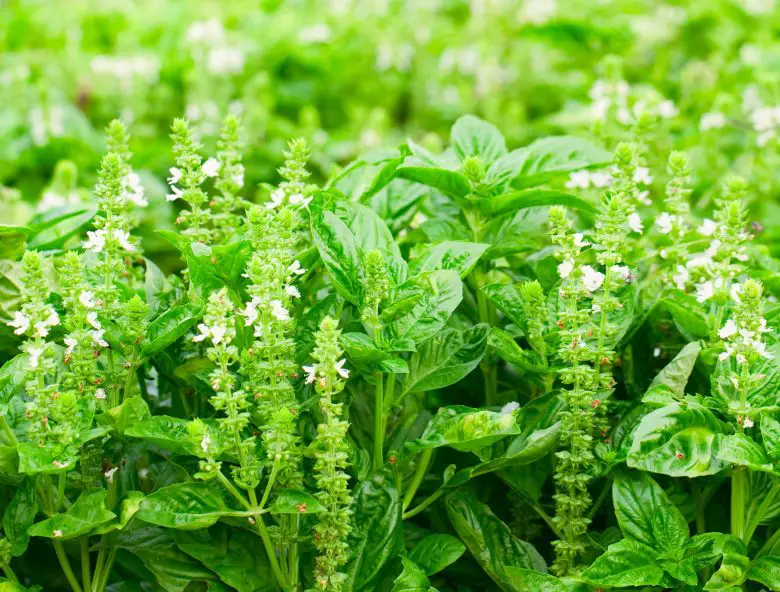
When the basil flowers, the flowering parts of the plant can also be harvested. Harvesting flowering basil can be done in a similar way to harvesting the leaves.
Wait for the basil flowers to fully open. Typically, the flowers are white or purplish in color and fully open when they are ready to be picked.
Look closely at the basil plant and locate any fully open, healthy flowers. You can also harvest the stems containing the flowers if you want to use them for decorative purposes or for making essential oils.
With scissors, carefully cut off the flowers or stems near the base. Be sure not to remove all flowering parts from the plant, but leave some to allow for seed formation for future propagation (if desired).
Regarding apical topping, this practice consists in removing the upper part of the plant, including the flowers, to stimulate lateral growth and favor the production of more abundant leaves.
The apical topping can be done when the basil has flowered, but it can also be practiced during the vegetative phase to primarily stimulate further leaf emission.
How to use fresh basil in the kitchen?
Fresh basil is a delicious and aromatic addition to many dishes. Here are some common ways to use fresh basil in cooking:
- basil pesto: this recipe is a classic. Mix fresh basil leaves, pine nuts, garlic, Parmigiano Reggiano or Pecorino cheese, extra virgin olive oil and salt in a blender or mortar until you get a creamy consistency. Pesto can be used as a condiment for pasta, on toasted bread, in salads or as a sauce for meat and fish or frozen in small jars for future consumption;
- Salads: Add fresh basil leaves to your salads for a touch of freshness and aroma. You can cut the leaves into julienne strips for a more elegant presentation;
- Sauces and Dressings: Use chopped fresh basil leaves in sauces like tomato sauce, ragu or pesto sauce to enhance the flavor. You can also mix chopped fresh basil with olive oil, garlic and salt to create a simple and versatile seasoning sauce;
- pasta dishes: add fresh basil leaves to freshly drained hot pasta along with other ingredients such as tomatoes, mozzarella, olives or capers for a fresh and aromatic flavour. Basil can also be used as a garnish for an eye-catching presentation.
- pizza: use fresh basil leaves on freshly baked pizza for a touch of freshness. Basil goes well with the flavors of mozzarella, tomato and other typical ingredients of pizzas;
- drinks and cocktails: use fresh basil leaves to add flavor and decoration to your summer drinks. You can put some basil leaves in a glass of water or lemonade for a touch of freshness, or use it as a garnish for cocktails such as mojitos or gin basil smashes.
Remember that fresh basil has the greatest flavor when used raw or added to foods just before consumption. Also, keep in mind that basil can quickly lose its aroma if subjected to prolonged heat, so it’s best to add it towards the end of preparing hot dishes.
Experiment with these ideas and let fresh basil add a touch of freshness and flavor to your favorite dishes!
How to store basil for a long time?
Basil can be stored in a variety of ways to extend its shelf life and be able to use it even after the growing season.
Here are some common techniques for storing basil:
- Drying: Basil can be dried for long-term storage. To do this, hang the basil bunches upside down in a cool, dry, well-ventilated place. Let the basil dry completely, which can take a week or two. Once dry, peel the leaves from the ramifications and store them in an airtight container, preferably away from light, to maintain the aroma and flavour. The dry leaves can also be ground, but better not too finely. Dried basil leaves can be used to flavor hot dishes such as soups, sauces and stews;
- Freezing: Basil can be frozen for long-term storage. Peel the basil leaves and arrange them in a single layer on a platter. Place the tray in the freezer for a few hours until the leaves are frozen. Afterwards, transfer the leaves to sealed bags or containers and store them in the freezer. You can take the necessary leaves directly from the container without defrosting them completely. Keep in mind that frozen leaves may darken slightly, but will still retain their flavor.
Remember that regardless of the storage method chosen, basil retains its best flavor and aroma if used within a few months. Therefore, it is advisable to store basil in small quantities and use it as soon as possible to get the maximum taste and aroma.


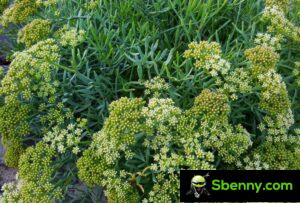
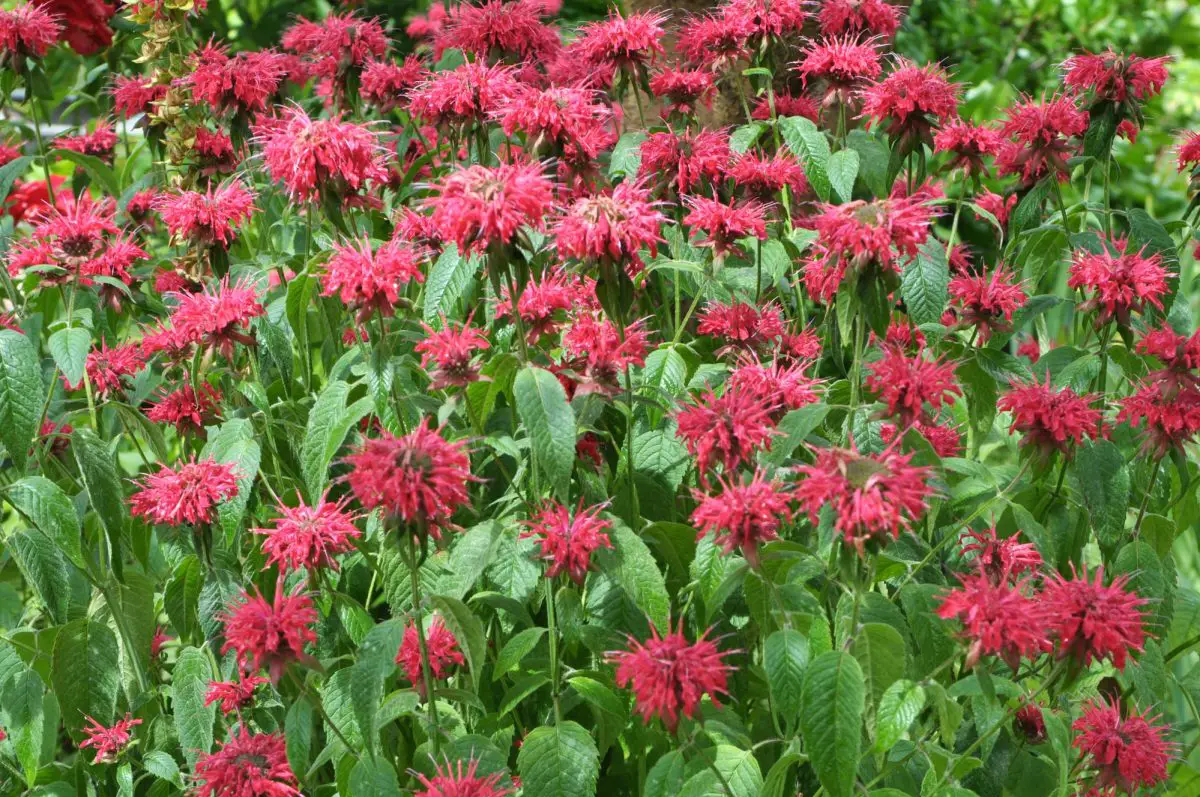
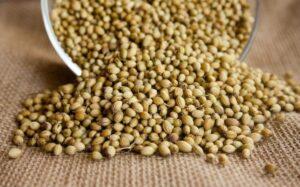
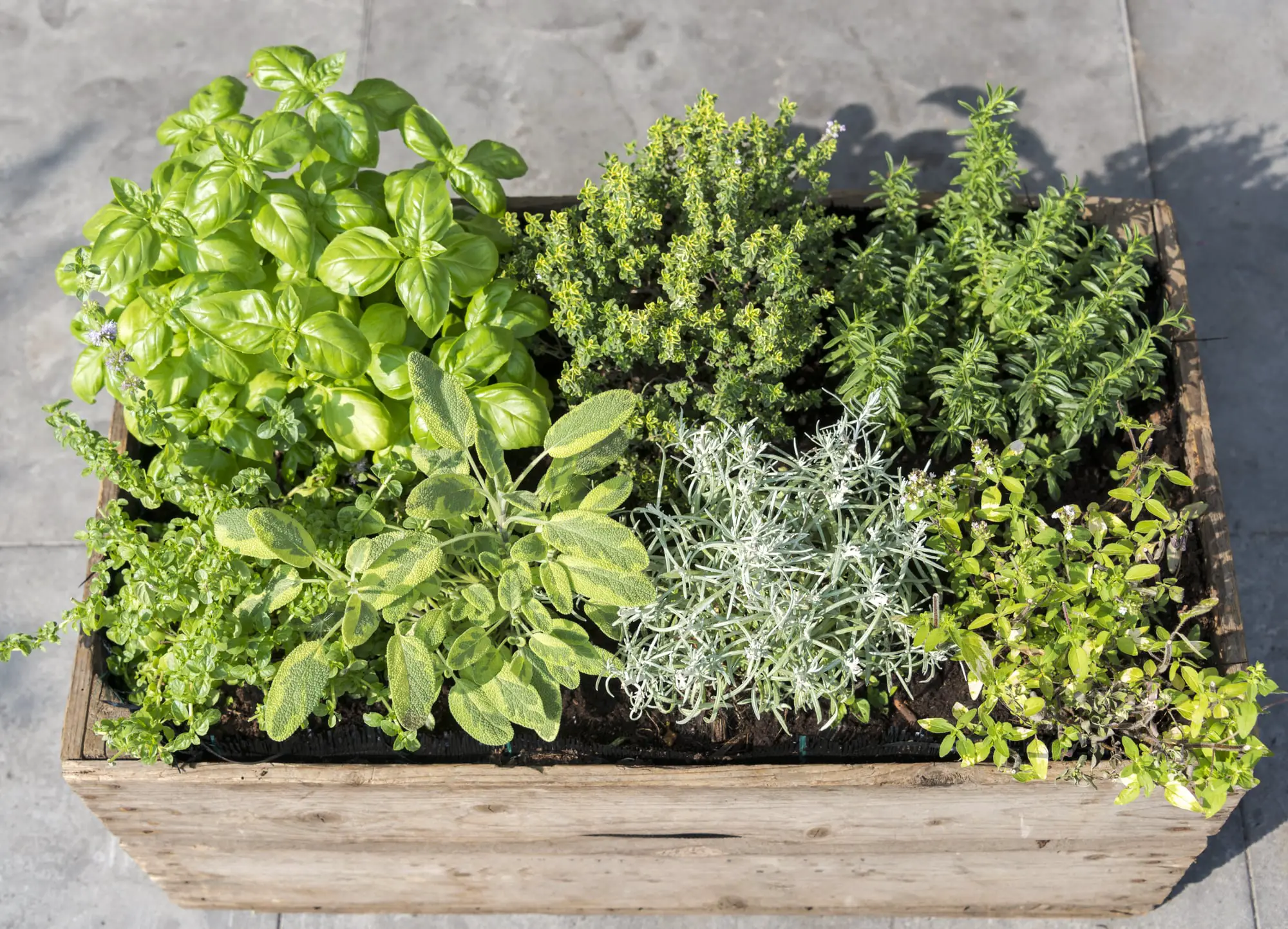
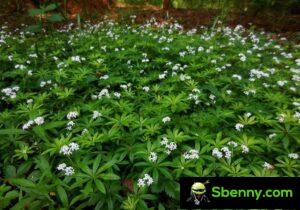
Start a new Thread